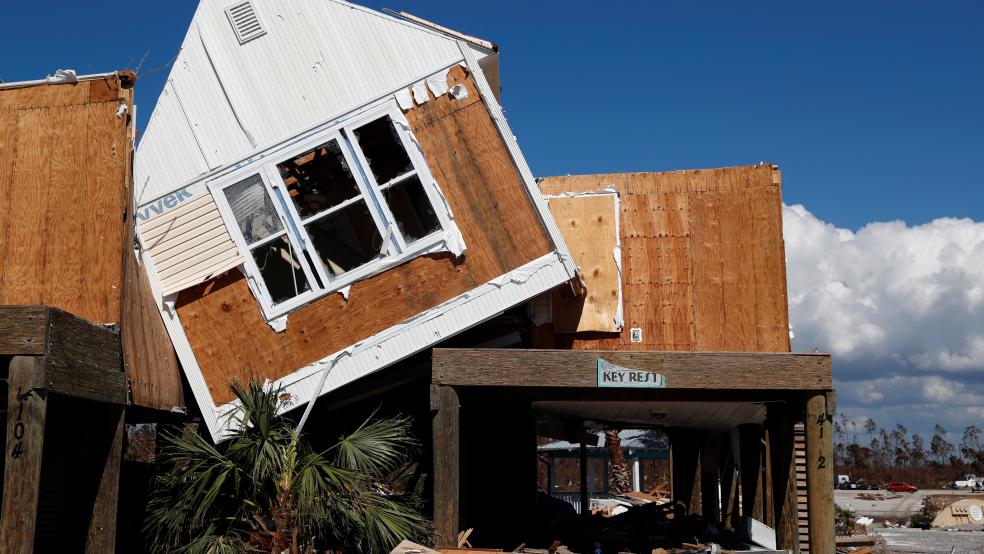On the same day that President Joe Biden approved an emergency declaration in Florida as the state prepares for the arrival of Tropical Storm Idalia, the Federal Emergency Management Agency announced it would provide another $2.5 billion to help communities become more resilient in the face of extreme weather caused by climate change.
The money is sourced from the Infrastructure Investment and Jobs Act of 2021, sometimes referred to as the Bipartisan Infrastructure Bill, which authorized approximately $1.2 trillion in spending, about half of which is new money to be spent over five years. The legislation includes about $50 billion dedicated to climate resiliency programs, which aim to reduce vulnerability to floods, hurricanes, drought, wildfires, extreme heat and other climate-related hazards.
In a statement, FEMA Administrator Deanne Criswell said that extreme weather is becoming more common as global temperatures rise, causing greater damage around the country. “From Hawaii to Maine, communities across the country are experiencing more frequent and intense severe weather events, resulting in devastating impacts to their homes, businesses, and families,” she said. “Though FEMA will always help communities respond and recover to these disasters, it is also paramount to build resilience before disasters strike.”
Spending upfront to enhance resiliency saves money in the long run, Criswell said. “Every dollar that we spend in resilience – like this money right here – saves us $6 in response and recovery costs,” Criswell told CNN. “We want to reduce that complexity of the recoveries, which saves money on the disaster relief fund, because then we don’t have to spend as much to help communities recover from these types of disasters.”
About $1.8 billion of the funds will flow through the Building Resilient Infrastructure and Communities competitive grant program, which includes 124 projects across 38 states, with typical projects addressing flood control, utility protection and wildfire management. An additional $642 million will go toward the Flood Mitigation Assistance program, covering 149 projects in 28 states.
Examples provided by FEMA of projects that will receive funding include: building new electrical hubs in Ko‘olaupoko, Hawaii, to maintain power during severe weather; planting 10,500 trees to reduce extreme heat in Portland, Oregon; bolstering the electrical grid in Jefferson Parish, Louisiana, including strengthening poles and wires to withstand 150 mph winds; and upgrading the Hobart Creek Reservoir Dam in Nevada.
One thing the money won’t be paying for is disaster relief, including the recovery from the horrific wildfires in Maui. Criswell says FEMA will run out of disaster relief funds in the middle of September, and the agency could be several billion dollars in the hole by the end of the fiscal year. The Biden administration has requested another $12 billion as part of a supplemental spending bill, but that money could get caught up in the fight over the 2024 budget, which lawmakers will take up when they return from their summer recess after Labor Day.




